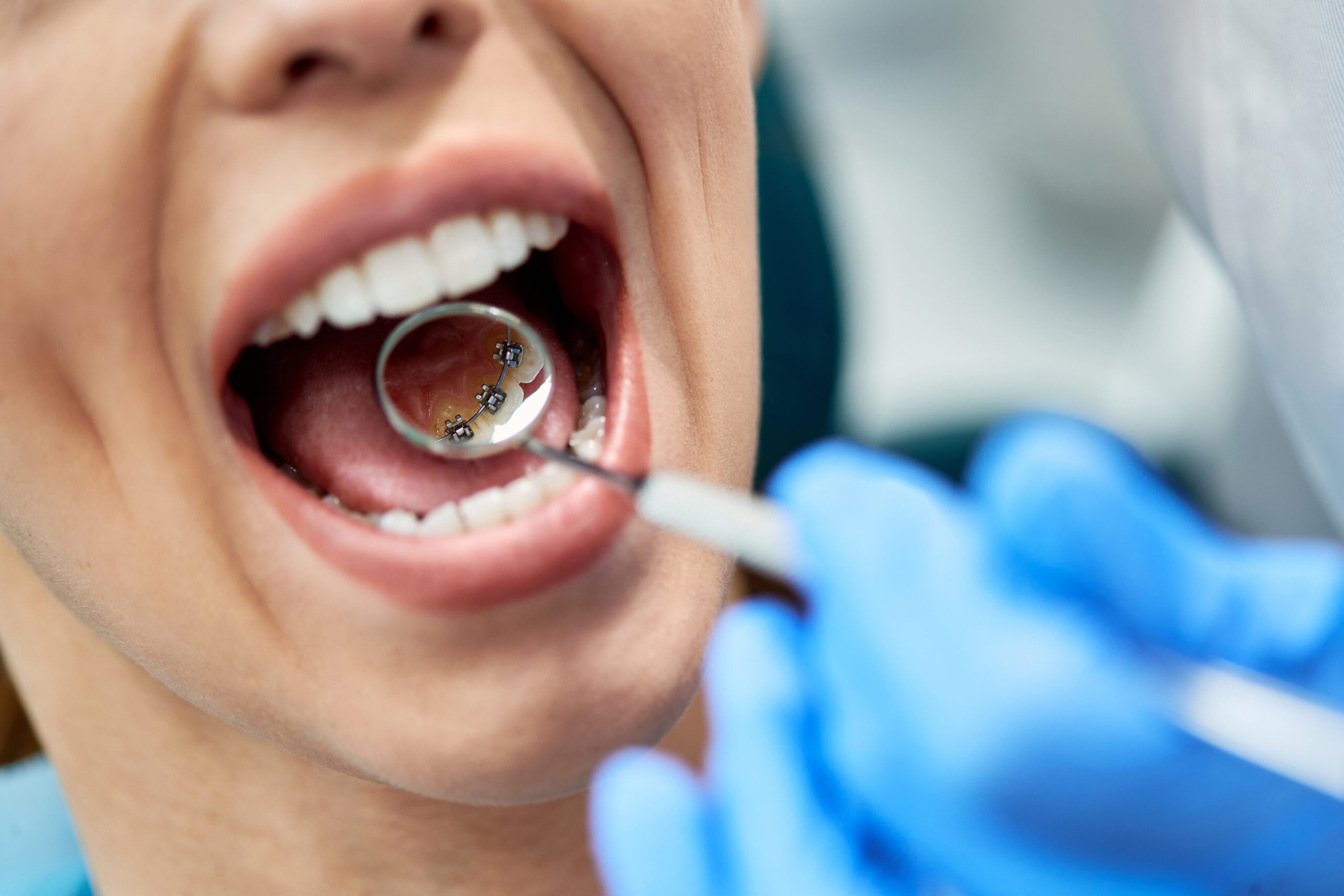Everything about Legacy Orthodontics
Everything about Legacy Orthodontics
Blog Article
3 Easy Facts About Legacy Orthodontics Described
Table of ContentsWhat Does Legacy Orthodontics Mean?The smart Trick of Legacy Orthodontics That Nobody is DiscussingNot known Details About Legacy Orthodontics The Facts About Legacy Orthodontics RevealedThings about Legacy Orthodontics
At Advanced Orthodontics, we offer individuals with a all natural treatment experience. On top of that, we provide adjustable treatment routines, adaptable settlement options and a fun, pleasurable experience. leesburg braces. Telephone call ( 480) 357-4900 today for additional information and schedule a consultation.An orthodontist is a dental expert educated to identify, prevent, and deal with teeth and jaw irregularities. They fix existing conditions and are educated to recognize problems that may create in the future. Orthodontists deal with people of all ages, from children to adults. People usually connect an ideal smile with great health and wellness.
Malocclusion, or misaligned teeth, can lead to dental concerns, consisting of dental cavity, periodontal illness, and challenging or uncomfortable chewing. But not everyone is born with straight teeth. If you have a bad bite or big rooms in between your teeth, you may want to seek advice from a dental expert focusing on orthodontic care.
The Buzz on Legacy Orthodontics
( Image Credit: DigitalVision/Getty Images) Orthodontists use repaired and detachable oral tools, like braces, retainers, and bands, to transform the placement of teeth in your mouth. Orthodontic therapy is for dental problems, including: Jagged teethBite issues, like an overbite or an underbiteCrowded teeth or teeth that are as well far apartJaw misalignmentThe goal of orthodontic treatment is to boost your bite.
While you might assume of orthodontists as mainly for kids or young adults that require braces, they can deal with oral issues at any kind of age. Orthodontists go to college, oral school, and orthodontic school.
, yet not all dental professionals are orthodontists. They concentrate on 2 locations: Exactly how to effectively and safely move teeth How to effectively lead advancement in the teeth, jaw, and faceOnce an orthodontist has actually completed training, they have the alternative to end up being board accredited.
Legacy Orthodontics for Dummies
Malocclusion leads to tooth congestion, an irregular jaw, or uneven bite patterns. Malocclusion is usually treated with: Your orthodontist connects metal, ceramic, or plastic square bonds to your teeth.
If you have only minor malocclusion, you might be able to use clear dental braces, called aligners, instead of typical braces (https://www.artstation.com/legacyortho8/profile). Some individuals require a headwear to help move teeth into line with stress from outside the mouth. After braces or aligners, you'll require to wear a retainer. A retainer is a customized device that maintains your teeth in position.
They're most usually made use of on kids. They can produce added space in the mouth without needing to pull teeth. If you have a severe underbite or overbite, you could need orthognathic surgery (likewise called orthodontic surgery) to extend or shorten your jaw. Orthodontists use cords, surgical screws, or plates to support your jaw bone.
You might need to see an orthodontist if you have: Crowding or otherwise sufficient area for every one of your teethOverbite, when your upper teeth come your base teethUnderbite, when your base teeth are also far forwardSpacing or issues with gapsCrossbite, which is when your top teeth fit behind your base teeth when your mouth is closedOpen bite or a vertical gap between your front base and upper teethMisplaced midline, when the center of your bottom and upper teeth do not align Remedying an oral malocclusion can: Make attacking, chewing, and talking easierImprove the balance of our face and your general appearanceEase discomfort from temporomandibular joint problemsSeparate your teeth and make them much easier to clean, aiding stop dental cavity or cavities It's commonly a dental expert that first notices misaligned teeth during a regular examination.
Our Legacy Orthodontics PDFs

Throughout your initial orthodontic appointment, you'll likely have: An oral examPhotos taken of your face and smileDental X-raysPanoramic (360 level) X-rays of your face and headImpressions to develop molds of your teethThese examinations will certainly help your orthodontist recognize how to continue with your therapy. braces. An orthodontist is a dental practitioner who's had training to treat your teeth and jaw
An orthodontist is focused on your bite, so something like a chipped tooth would be managed by a dental practitioner. Orthodontists are focused on your bite, or the means your teeth fit together, and the straightness of your teeth.
Ever before wondered exactly how stars always appear to have completely straightened teeth? The answer typically exists in the knowledgeable hands of an orthodontist. What exactly does an orthodontist do? Orthodontists are oral experts who concentrate on dealing with irregularities in the teeth and jaws. Their expertise exceeds simply producing an attractive smile; it reaches improving your total oral wellness and function.
Getting The Legacy Orthodontics To Work

, orthodontists have a varied toolkit at their disposal. These tried-and-true braces make use of a system of braces bound to the teeth and linked by cables.
These detachable trays are tailor-made to progressively move the teeth's position. In cases of slim jaws, palatal expanders can be made use of to produce room for appropriate tooth positioning.
Report this page